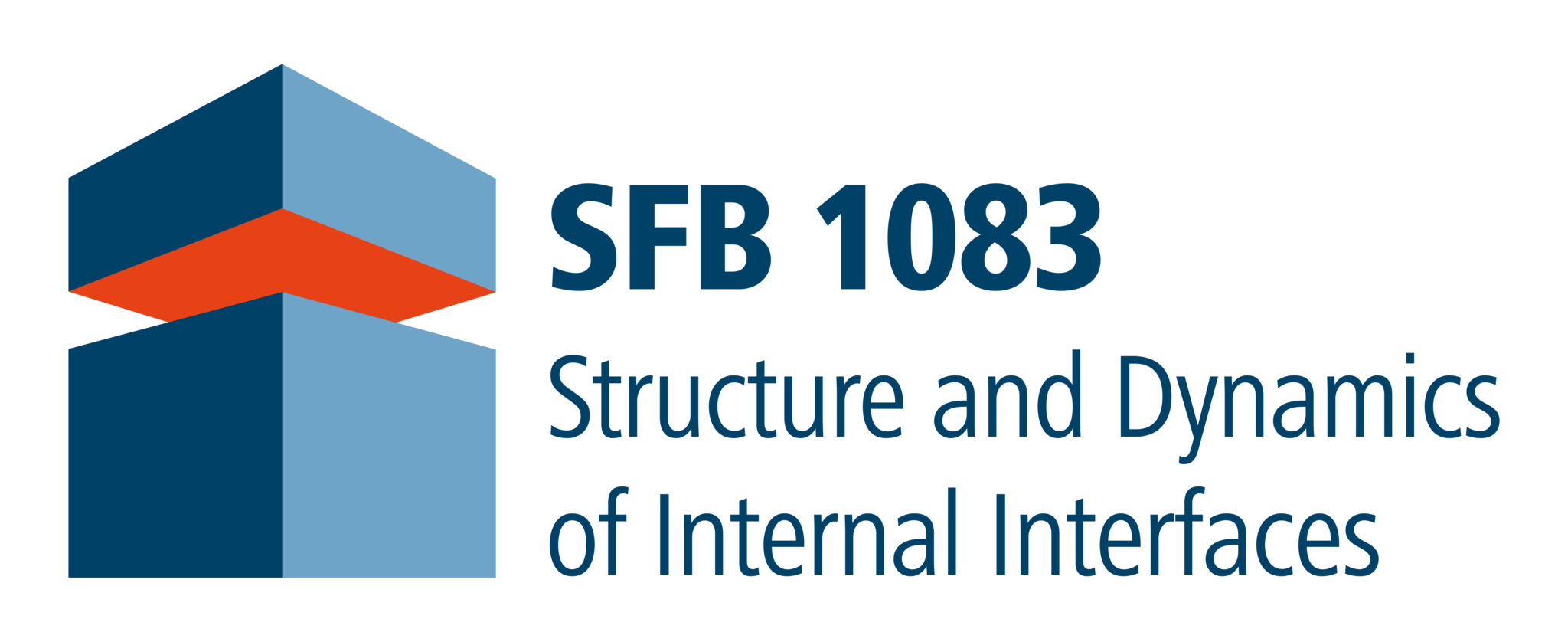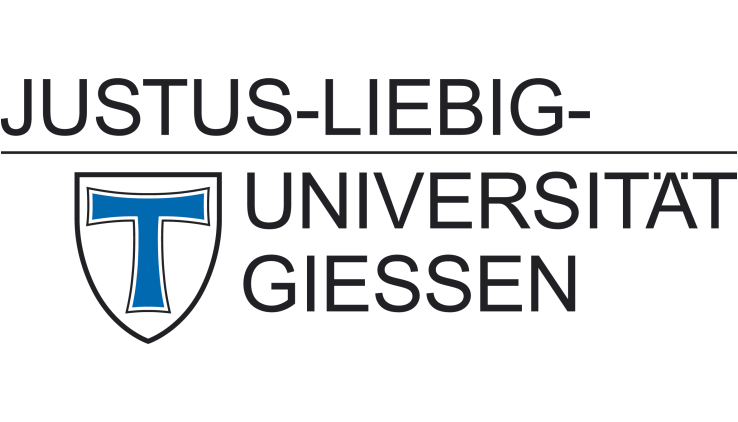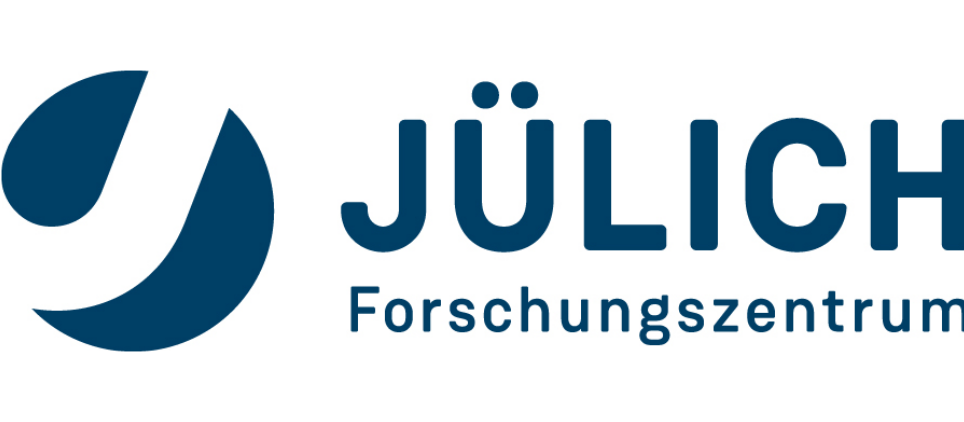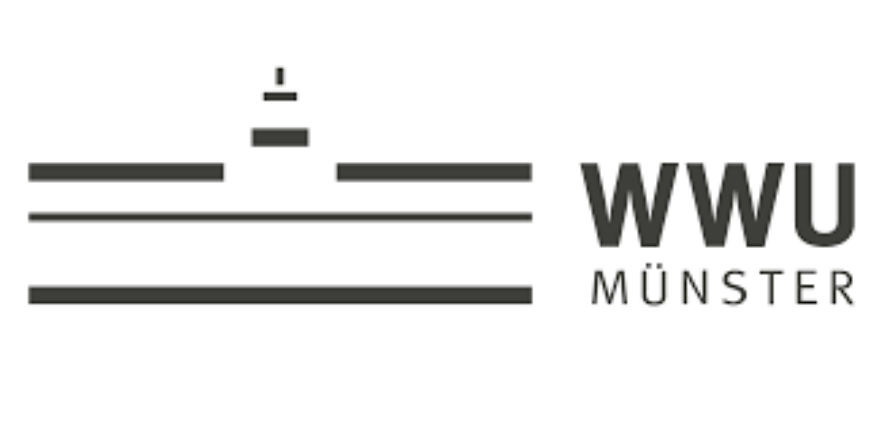Subcycle observation of lightwave-driven Dirac currents in a topological surface band
J. Reimann, S. Schlauderer, C.P. Schmid, F. Langer, S. Baierl, K.A. Kokh, O.E. Tereshchenko, A. Kimura, C. Lange, J. Güdde, U. Höfer, R. Huber
Nature 562 (2018) 396
The first subcycle angle-resolved photoemission study produced a band structure movie of electrical currents carried by Dirac electrons as they are driven by an intense THz wave. The investigated currents consist of spin-polarized electrons confined to the uppermost atomic layers of the topological insulator Bi2Te3. The electrons react in an inertia-free fashion to the driving field. Spin-momentum locking enables fully ballistic lightwave currents over several 100 nm.
Lightwave electronics builds upon the idea that the electric field of intense light pulses can be used to accelerate electrons at terahertz to petahertz clock rates. Yet, in conventional semiconductors and dielectrics the finite band mass and ultrafast scattering limit the ballistic excursion and the velocity of the electrons. Reimann and collaborators have shown that the unique band structure of topological insulators lifts these constraints.
The work, a collaboration of SFB 1083 with researchers in Regensburg, Novosibirsk and Hiroshima, not only merges two novel and promising concepts in physics – topology and lightwave electronics. It also combines the expertise of the Huber group in Regensburg in manipulating electrons in solids with intense single-cycle terahertz (THz) transients, with the capabilities of time and angle-resolved photoelectron spectroscopy (ARPES) developed in Marburg. The experiment represents the first ARPES investigation with subcycle time resolution. It allows to observe how the carrier wave of a THz pulse accelerates Dirac fermions in the topological surface state (TSS) of Bi2Te3. While terahertz streaking of photo-emitted electrons traces the electromagnetic field at the surface, the acceleration of Dirac states leads to a strong redistribution of electrons in momentum space. This redistribution is mapped out directly in an ultrafast movie.
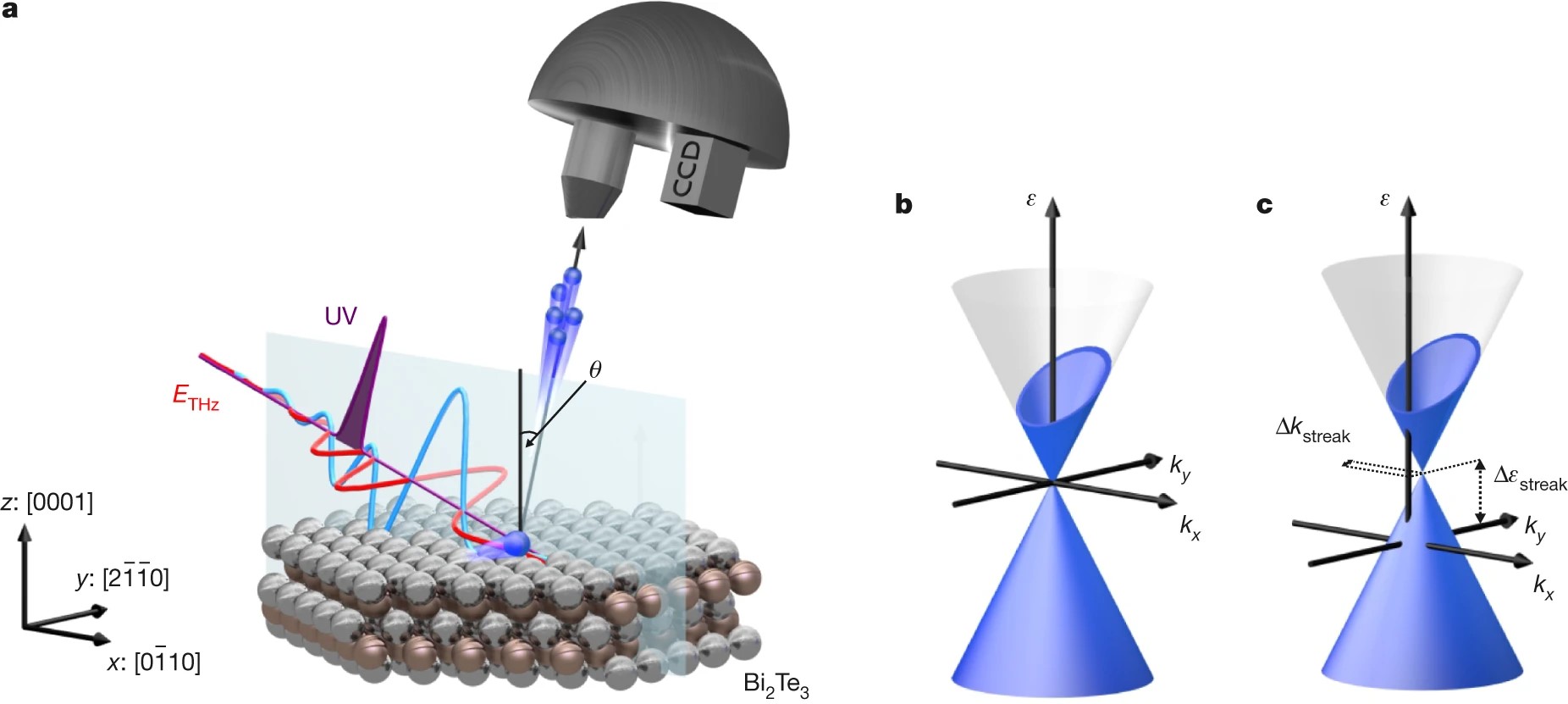
Concept of subcycle time- and angle-resolved photoemission spectroscopy.

Subcycle dynamics of electric current.
The experiments reveal that the electrons carrying the current react inertia-less on the accelerating field and travel with the Fermi velocity of 4.1 Å/fs or 410 nm/ps. The resulting surface currents reach peak densities as large as 2 Å/cm. Analysis with a semiclassical Boltzmann model shows that the relevant electron scattering times amount to at least 1 ps. These unique transport dynamics opens a realistic parameter space for lightwave electronics. Due to the large Fermi velocity, the low scattering rates, and the linear band structure, lightwave-driven Dirac fermions in TSSs may ballistically propagate in dispersion-free wavepackets over distances as large as several 100 nm. This distance easily exceeds the gate width of the latest electronic transistors by orders of magnitude. Owing to spin-momentum locking, the ballistic Dirac currents also carry a spin current, which could enable spintronics up to optical clock rates.

Artistic view of the experiment (image by Brad Braxley parttowhole.com).
